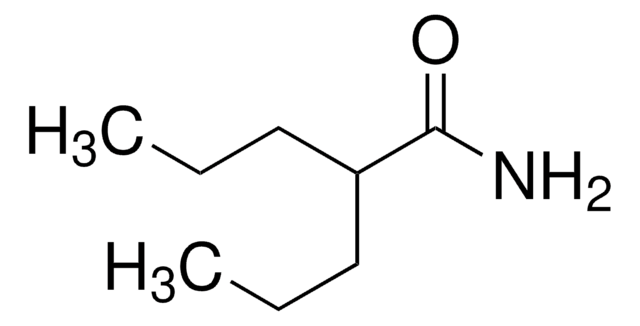Z0152
Zinc chloride
BioReagent, for molecular biology, suitable for cell culture, suitable for insect cell culture
Sinónimos:
Dichlorozinc
About This Item
for molecular biology
Productos recomendados
grade
Molecular Biology
for molecular biology
Quality Level
vapor pressure
1 mmHg ( 428 °C)
product line
BioReagent
technique(s)
cell culture | insect: suitable
cell culture | mammalian: suitable
mp
293 °C (lit.)
solubility
H2O: may be turbid 20 g/200 ML + 6 mL 1M HCL, clear to slightly hazy, colorless to faint yellow or tan
foreign activity
DNAse, none detected
Endonuclease, none detected
Exonuclease, none detected
NICKase, none detected
Protease, none detected
SMILES string
[Cl-].[Cl-].[Zn++]
InChI
1S/2ClH.Zn/h2*1H;/q;;+2/p-2
InChI key
JIAARYAFYJHUJI-UHFFFAOYSA-L
¿Está buscando productos similares? Visita Guía de comparación de productos
signalword
Danger
hcodes
Hazard Classifications
Acute Tox. 4 Oral - Aquatic Acute 1 - Aquatic Chronic 1 - Eye Dam. 1 - Skin Corr. 1B - STOT SE 3
target_organs
Respiratory system
Storage Class
8A - Combustible corrosive hazardous materials
wgk_germany
WGK 3
flash_point_f
Not applicable
flash_point_c
Not applicable
ppe
Eyeshields, Faceshields, Gloves, type P3 (EN 143) respirator cartridges
Elija entre una de las versiones más recientes:
¿Ya tiene este producto?
Encuentre la documentación para los productos que ha comprado recientemente en la Biblioteca de documentos.
Los clientes también vieron
Nuestro equipo de científicos tiene experiencia en todas las áreas de investigación: Ciencias de la vida, Ciencia de los materiales, Síntesis química, Cromatografía, Analítica y muchas otras.
Póngase en contacto con el Servicio técnico







